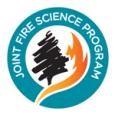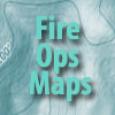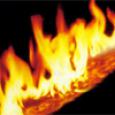Definition: Hazard - A fuel complex defined by kind, arrangement, volume, condition, and location that forms a special threat of ignition and resistance to control. Risk - The chance of fire starting as determined by the presence and activity of causative agents.
(National Wildfire Coordinating Group/Fire Research And Management Exchange System)
The hazard and risk topic page contains resources related to the study of hazards associated with wildland fire in the environment as well as risk management and risk assessment.
Upcoming Events
Recent Catalog Records
Document
2007





